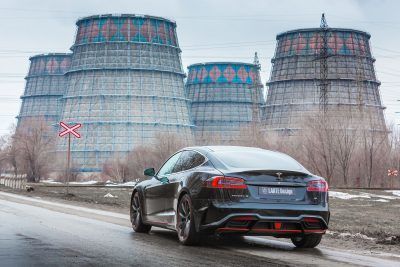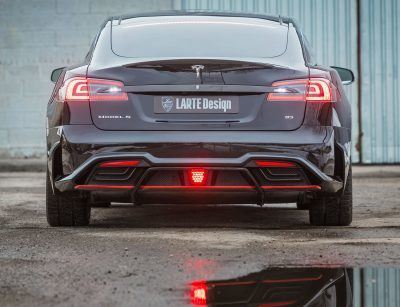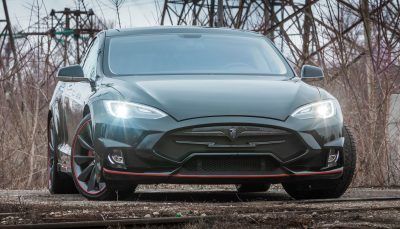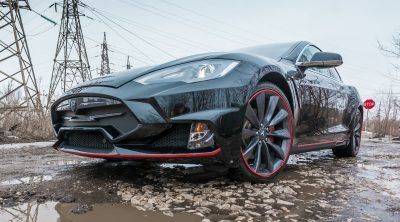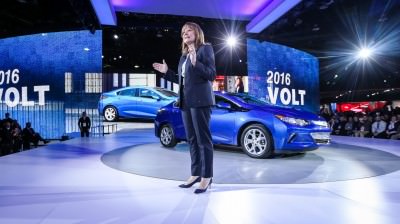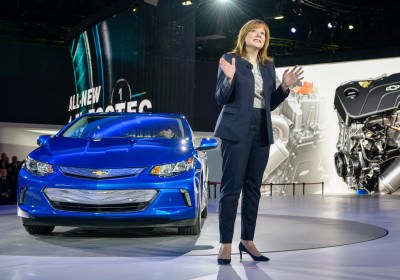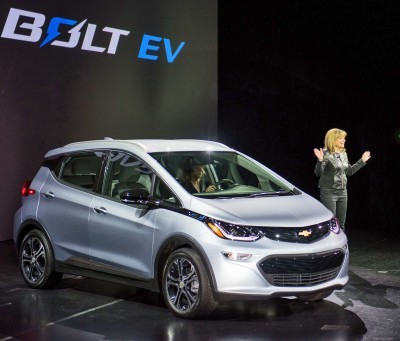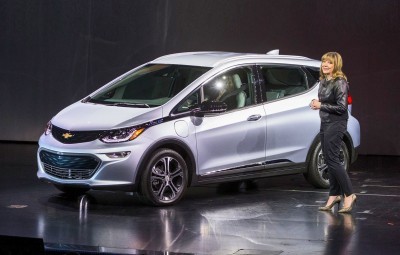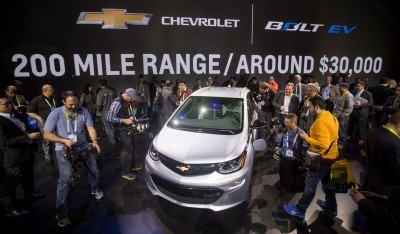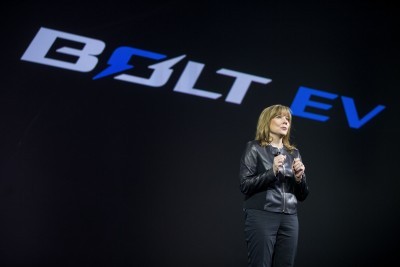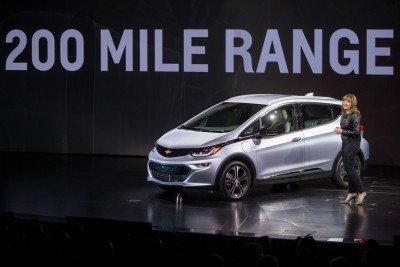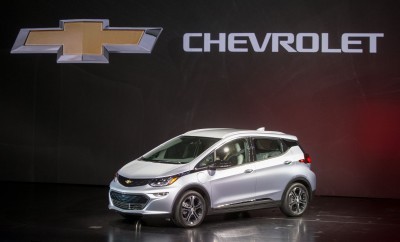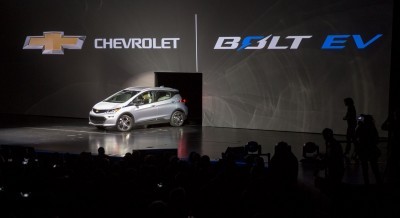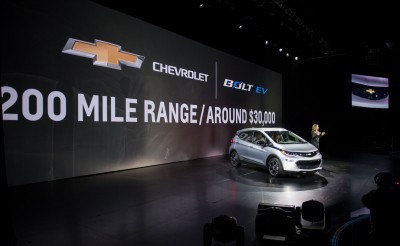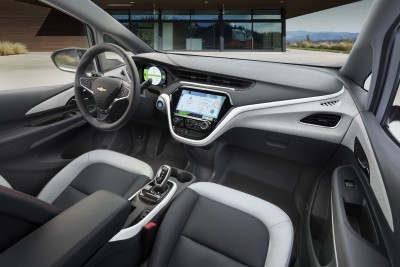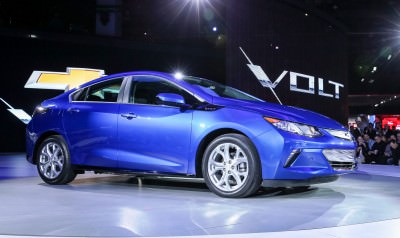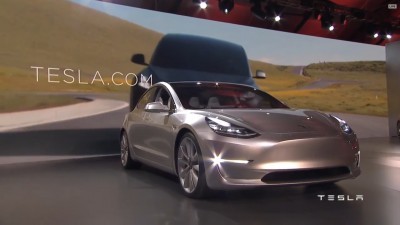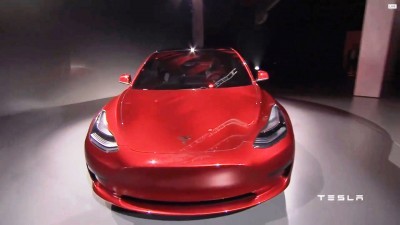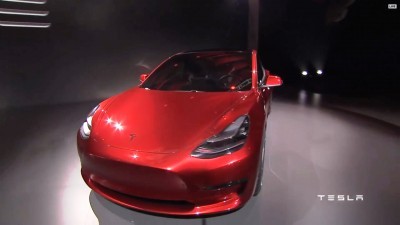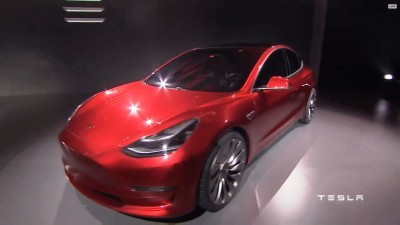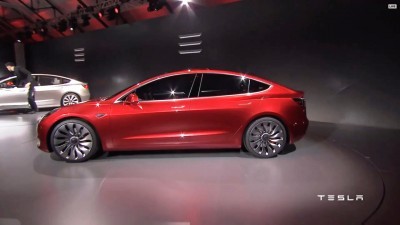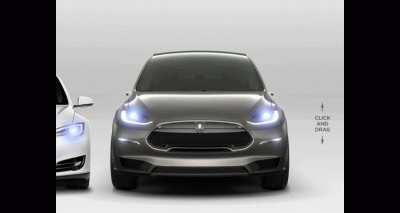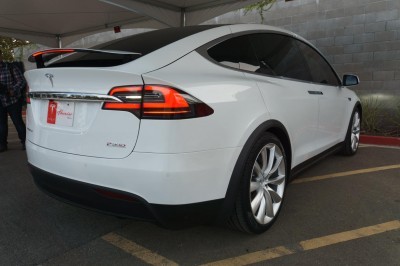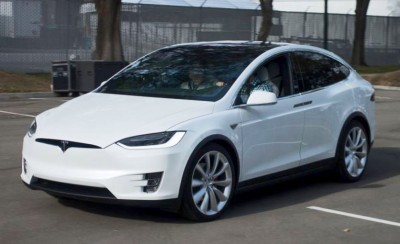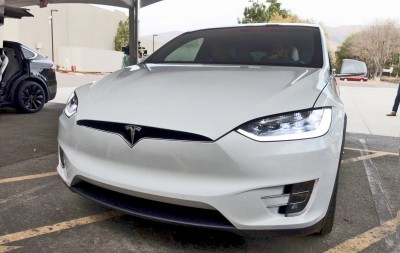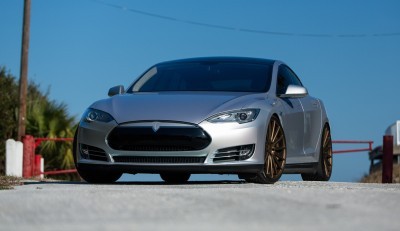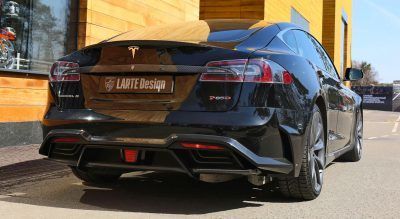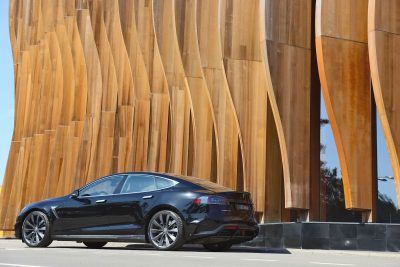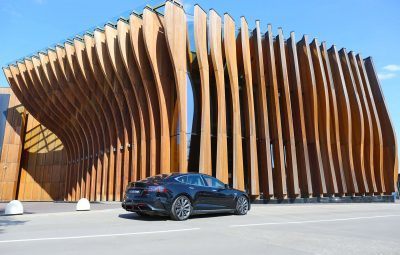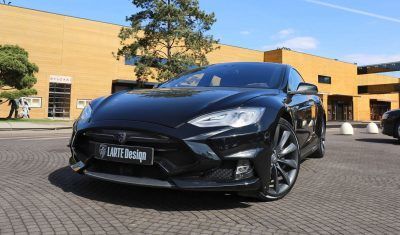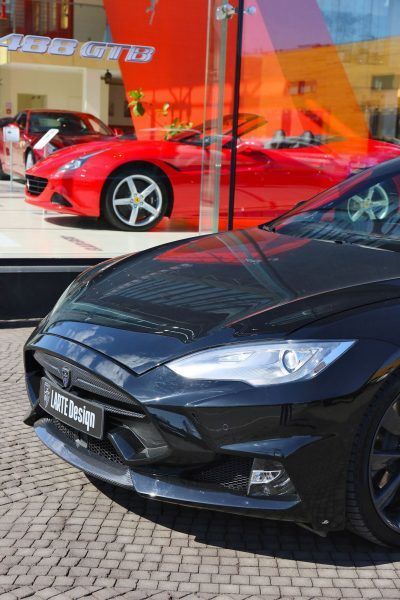Early in the recession, after President Obama bailed out the auto industry, I noticed the largest shift we have ever seen in the auto industry. The majority of vehicles produced before 2010 featured cheap plastic interiors, faux wood grain, uninspired designs, and confusing electronic equipment systems. In those days, most vehicles had terrible handling and very little effort to better fuel economy.
In fact, for a while I questioned whether manufacturers and dealers were in cahoots to make vehicles that would ensure customers return for repairs.
Then, a few things happened simultaneously.
- 2008 we experienced the worst recession ever. Trillion-dollar giants Bear Stearns then Lehman Brothers failed spectacularly, four months apart. Even Goldman sought liquidity.
- President Obama bailed out major auto manufacturers. A few called it quits. (Saturn, Hummer, Oldsmobile)
- Gas prices were hitting peak numbers.
Amidst this turbulence, Tesla Motors released their first car, the Roadster. This was a hand built carbon fiber sports car that was 100% electric beautiful sports car and had a 244-mile range. This was our glimpse into the future. It sounded like the millennium falcon going hyperspace whenever you punched the accelerator. It had one gear and the motor spun as high as 14000 rpm, and within about 30 minutes you could learn to drive it with mostly one pedal due to the regenerative braking which restored power to the batteries and brought the car to almost a halt. Take your foot off the accelerator and the brake lights come on immediately so people wouldn’t run into you.
This isn’t only about enhanced performance and bells and whistles, though. This was a whole new take on how to conceive, design, and even sell cars that had a great impact on the entire auto industry.
- First 100% electric production road legal vehicle that you could buy
- < 20 moving parts versus tens of thousands for ICE vehicles
- Over air updates-similar to Apple products-they actually improve and can completely change your vehicle
- Manufacturer sold-no dealer markup
- Mechanics can make house calls and can monitor remotely if you want
- Full transparency-you can buy one and take it apart if you wanted to (what’s in the battery pack or if you can determine what is inside of one that makes it work)
- A huge network of high speed charging stations around the country
- The first semi-autonomous and fully autonomous capable driving cars on the road (more on this later)
The industry wasn’t ready for it, neither were most consumers. Why? Because we are creatures of habit and we have been trained to be reliant upon fossil fuels, the sound of internal combustion exhaust, and multiple gears. Aside from that, not many could afford this car. The smart ones took notice. Mercedes Benz outsourced Tesla to build battery packs and motors for the Smart Car and the B class crossover that is now being sold. Despite the resistance from oil companies and the vehicles that rely on them and those of us that think we need to hear exhaust sounds to give us a true driving experience, all new vehicles were being designed with more features, better design elements, and better performance.
In 2010 the Model S was Elon Musk’s first fully designed and built vehicle and it completely obliterated the competition in almost every category except for top speed. What do you compare a 7 seat electric sedan with autonomous driving, 2 trunks, a 17” touchscreen control center, with the capability of out sprinting supercars to 60mph, needing virtually no maintenance, and is the safest vehicle on the road by far to? Even at $130K for a fully loaded vehicle, it still surpasses the competition by far.
The Model X is their crossover, which has had an impact albeit not as large as the Model S, but is filling their customers mostly with joy and the company with more funds to continue on their journey to provide electric vehicles for the masses. The fourth vehicle to hit the market is the Model 3, which surpassed everyone’s expectations with over 400,000 reservations (the most successful release of any product in the world), most of which came within 24 hours of the global release. This car has a 2018 release date (likely 2019) and will be more available to people in the $35-45K range around the world and therefore a pioneer in helping get us off of fossil fuel addiction.
In 2016, autonomous car companies have been popping up everywhere and the major brands have reacted by releasing their own versions of driving aids. BMW has a lane departure warning and an active cruise control, which allows drivers to relax a bit during traffic jams. Volvo plans to come out with autonomous driving in 2017 in their beautiful new line up of luxury vehicles. Mercedes has a system that is very similar to BMW’s currently. Audi has released videos of self-driving and self-parking vehicles but are selling adaptive cruise control and a bunch of other features on their luxury vehicles. They expect to sell them in the near future. Aside from that, there are new companies coming out that are making strictly autonomous vehicles.
Today, all cars are simply much better than they have ever been and as technology improves, demand increases, and oil prices rise they will become more affordable. In the Internal Combustion Engine realm a lot has changed. Likely so they can maintain relevance in this changing industry. I recently walked into a Mercedes dealership and the seats on the showroom floor look like they could be in a Bentley.
To compete with the government fuel efficiency restrictions most vehicles have been made with aluminum to reduce weight and become more efficient. In direct relationship to Tesla’s 17” touchscreen control center, most luxury vehicles available today feature larger touchscreen monitors in different configurations. The best change of all is cars are much more reliable.
Another positive thing for EV’s is Chevy preparing to release the Bolt next year, which will be the first electric production vehicle with a range over 200 miles per charge that can be purchased for under $40K. The choice of which car to buy will be a great challenge for some, which is a wonderful problem when looking to buy third most expensive thing in your life, after a home and higher education (in this country).
If you need a car now, you can lease a better designed, less expensive ICE vehicle until the electric car you want is available. Or wait a few months and lease a Chevy Bolt in 2017 or wait a little longer for a Model 3.
J.R. Anderson has been a car enthusiast since he was a young boy and is finally living his dream of writing about cars. He lives in NY, has traveled a bit, and would love to explore the globe on wheels.


